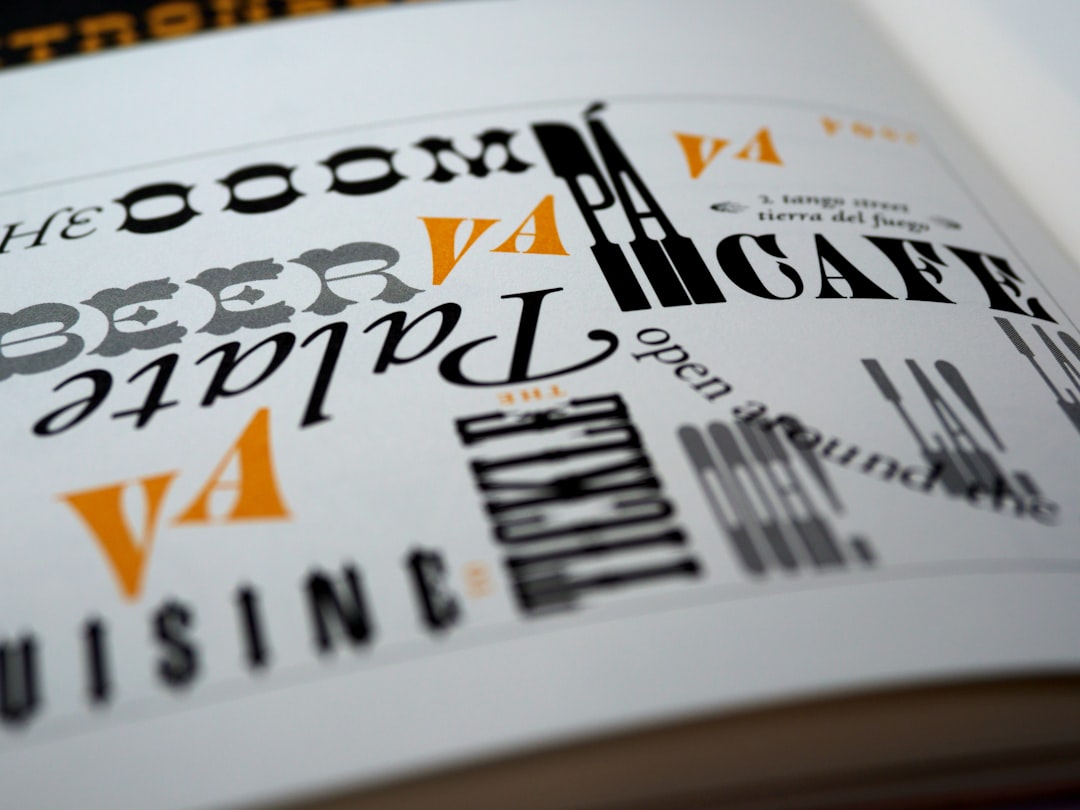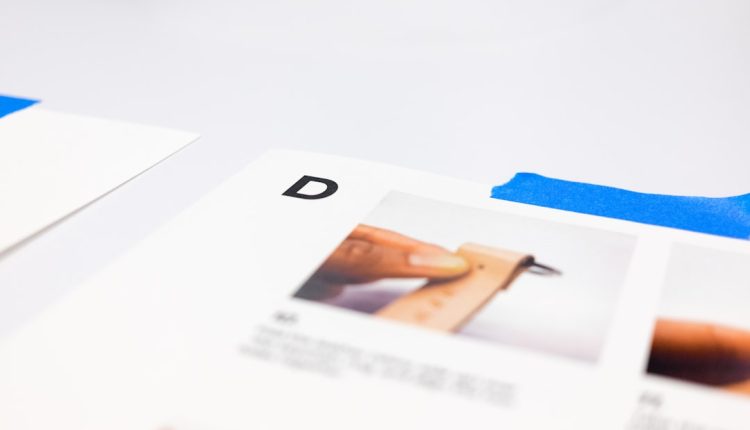In the world of branding and visual identity, how a logo is presented across various platforms is just as important as the logo design itself. Consistency, legibility, and adaptability are key to maintaining brand recognition and trust. This is where a well-structured Logo Export Map becomes invaluable — a detailed guide showcasing all the different logo variations your brand should have prepared for use across print, digital, and environmental formats.
TLDR (Too long, didn’t read):
Table of Contents
A Logo Export Map outlines the various versions of a company’s logo—such as horizontal, stacked, mono, and knockout formats—to ensure consistent branding across different applications. Each version serves a unique purpose depending on the medium, background, and context. By creating a detailed kit of parts, brands maintain clarity, impact, and recognition. A strong export map is essential for designers, marketers, and developers working with your brand assets.
Why Logo Variations Matter
Logo design isn’t just about aesthetics; it’s a powerful communication tool. The same logo that looks stunning on a billboard might become unreadable or ineffective in a mobile app or when printed in black and white. To address various use cases, companies must have logo variants ready—each carefully designed to maintain brand integrity in different settings. These variants are what we collectively refer to in a Logo Export Map.
Here are the primary logo types every export map should include:
- Horizontal Logo
- Stacked Logo
- Mono Logo
- Knockout Logo
1. Horizontal Logo
The horizontal logo is often the primary version of a brand’s identity. It lays out the visual elements of the logo—wordmark and icon (if applicable)—in a left-to-right orientation. This format is frequently used on websites, headers, navigation bars, and official letterhead because of its compact and scalable nature across horizontal space.
Use case scenarios:
- Website banners
- Email headers
- Business cards
- Digital advertisements

Best practices: Ensure the horizontal logo remains legible at smaller sizes and holds enough spacing rules (clear space) around it. It should always be used on light or intended background colors to prevent visual clutter or reduced impact.
2. Stacked Logo
Stacked logos place visual elements in a top-down layout. This format is particularly useful when vertical space is preferred over horizontal real estate, such as social media avatars or packaging. It also works well when the brand’s design system uses centralized or symmetrical layouts.
Use case scenarios:
- Mobile apps and favicons
- Merchandise tags
- Social media profile images
- Print collateral with limited width
Best practices: Ensure the stacked logo maintains the same visual weight as the horizontal counterpart. The text should not be overly compressed, and icons or symbols should remain legible even when scaled down.
3. Mono Logo (Monochrome)
A mono logo uses a single color—typically black or white—but still retains the core structure and communication of the original design. This is vital for printing scenarios where full-color printing isn’t feasible, such as embossing, foil stamping, or laser-etching.
Mono logos are not just grayscale versions of colored logos. They are specifically designed to work with high contrast and no gradients, making them more optimized and legible under restrictive production conditions.

Use case scenarios:
- Screen printing on promotional products
- Legal documents and B&W faxes
- Apparel embroidery
- Receipts or invoices
Best practices: Avoid automated conversions of full-color logos. Instead, design a true mono version manually to ensure all components are visible in black and white. Sometimes, simplifications are necessary to reinforce legibility and contrast.
4. Knockout Logo (Reversed)
The knockout version, also known as the reversed logo, is displayed in white or a light color on a dark background. It ensures that the logo remains legible in dark-mode user interfaces, cinema screenings, and black backgrounds on print.
This version is essential in environments where full-color logos might get lost or become visually disruptive. Knockout logos serve as alternative brand signatures in dark themes and are a requirement in modern UI/UX style guides.
Use case scenarios:
- Dark-themed websites or apps
- Presentation slides
- Store signage and window graphics
- T-shirts and products with dark bases
Best practices: Always make sure the knockout logo offers enough visual contrast. Consider using a slightly tinted version of white if true white causes glare or imbalance. Also, avoid applying shadows or effects that dilute the simplicity and impact.
Putting It All Together: The Role of a Logo Export Map
Individually, each logo variant serves a specific purpose. Together, they form a robust system that allows your brand to adapt while remaining unmistakably recognizable. A Logo Export Map is essentially a structured and documented presentation of these versions, including use-case guidelines, color specifications, spacing rules, and file naming conventions.
What’s inside a typical logo export map:
- All logo variations (horizontal, stacked, mono, knockout)
- Each version in multiple file formats (AI, EPS, PNG, SVG)
- Color profiles suited for screen (RGB) and print (CMYK, Pantone)
- Clear space and minimum size rules for each format
- Incorrect usage examples to avoid brand inconsistency
A detailed export map empowers designers, developers, and marketers to quickly find and apply the correct version of a logo for their particular need. It minimizes risks of distortion, unauthorized modification, or off-brand applications.
Compliance and Brand Consistency
Brand compliance is a serious matter, especially for companies operating across multiple regions or markets. A consistent logo appearance communicates professionalism, reliability, and trust. An export map makes it easy for subsidiary offices, vendors, and partners to access the correct assets—preventing misuse or outdated graphic versions from surfacing.
Moreover, as accessibility plays a more prominent role in design practices, using the correct version of a logo in different background and contrast settings is not just preferred but required. Knockout and mono logos are key tools in making your brand accessible and compliant with visual guidelines such as WCAG.
Conclusion: Future-Proofing Your Brand
A Logo Export Map is more than just a catalog of image files. It is the foundation of consistent brand application and a safeguard against dilution of brand equity. With every touchpoint of your business — from a tradeshow booth to a smartphone screen — your logo needs to perform with clarity, authority, and consistency.
Investing time into creating comprehensive logo variations and distributing them with clear usage instructions ensures your visual identity retains its intended impact, regardless of platform or context. Whether you’re a startup organizing your first design assets or a global enterprise refreshing your branding strategy, a formal Logo Export Map is indispensable.

Make sure your brand presents itself the way it should be seen — every time, everywhere.

